When it comes to gardening and nurturing our favorite plants, the art of propagation through cuttings holds a special place. It allows us to replicate our beloved plants and share their beauty with others. While there are various methods and techniques for successful propagation, have you ever considered using honey as a natural rooting hormone? In this blog, we'll explore the fascinating world of using honey for flower cuttings and how this sweet substance can enhance your gardening success.
The Science Behind Honey as a Rooting Hormone
Honey has been celebrated for its various health benefits and uses, and one of its lesser-known applications is in horticulture. The natural sugars in honey act as a source of energy for the plant, promoting the growth of new roots. Additionally, honey's antimicrobial properties can help prevent infections in the cutting, creating a clean environment for root development.
Advantages of Using Honey for Flower Cuttings
-
Natural and Chemical-Free: Unlike commercial rooting hormones that often contain synthetic chemicals, honey is an all-natural alternative that won't introduce harmful substances to your plants or the environment.
-
Antimicrobial Properties: Honey's ability to inhibit the growth of harmful microorganisms can prevent infections in the cuttings, reducing the risk of rot and other diseases.
-
Boosted Rooting: The natural sugars in honey provide an immediate energy source for the cutting, encouraging the development of new roots and overall plant growth.
-
Cost-Effective: Honey is a common household item, making it a cost-effective solution for gardeners who want to propagate their plants without investing in specialized rooting hormones.
How to Use Honey for Flower Cuttings
-
Select Healthy Cuttings: Choose a healthy stem from the parent plant. Make sure it's free from diseases and pests.
-
Prepare the Cutting: Trim the cutting to around 4-6 inches in length, just below a node. Remove any leaves from the lower part of the cutting.
-
Dip in Honey: Dip the bottom 1-2 inches of the cutting into a small container of raw, unpasteurized honey. Gently shake off excess honey.
-
Plant the Cutting: Insert the cutting into a pot filled with a well-draining rooting medium. Lightly press the medium around the cutting to secure it.
-
Provide Care: Place the potted cutting in a warm, bright location but out of direct sunlight. Mist the cutting occasionally to maintain humidity and prevent it from drying out.
-
Monitor and Transplant: Keep an eye on the cutting over the next few weeks. Once you notice new root growth, you can transplant it into a larger pot or your garden.
Plant Types That Respond Well to Honey Rooting
While honey can be used for a variety of plants, certain species tend to respond especially well to this method:
-
Rose Cuttings: Roses are renowned for their beauty and elegance. Using honey can enhance your success when propagating these beloved flowers.
-
Lavender Cuttings: Lavender's soothing aroma and vibrant blossoms make it a popular choice. Honey can aid in establishing strong root systems for these plants.
-
Herb Cuttings: Culinary and medicinal herbs like mint, basil, and thyme can benefit from honey's natural properties during the propagation process.
Incorporating honey into your flower cutting propagation process is a simple, natural, and cost-effective way to boost the success rate of new root growth. Its unique combination of sugars and antimicrobial properties can provide a nurturing environment for your cuttings to thrive. So the next time you embark on a propagation journey, consider harnessing the power of honey and watch your garden flourish with new life and beauty.


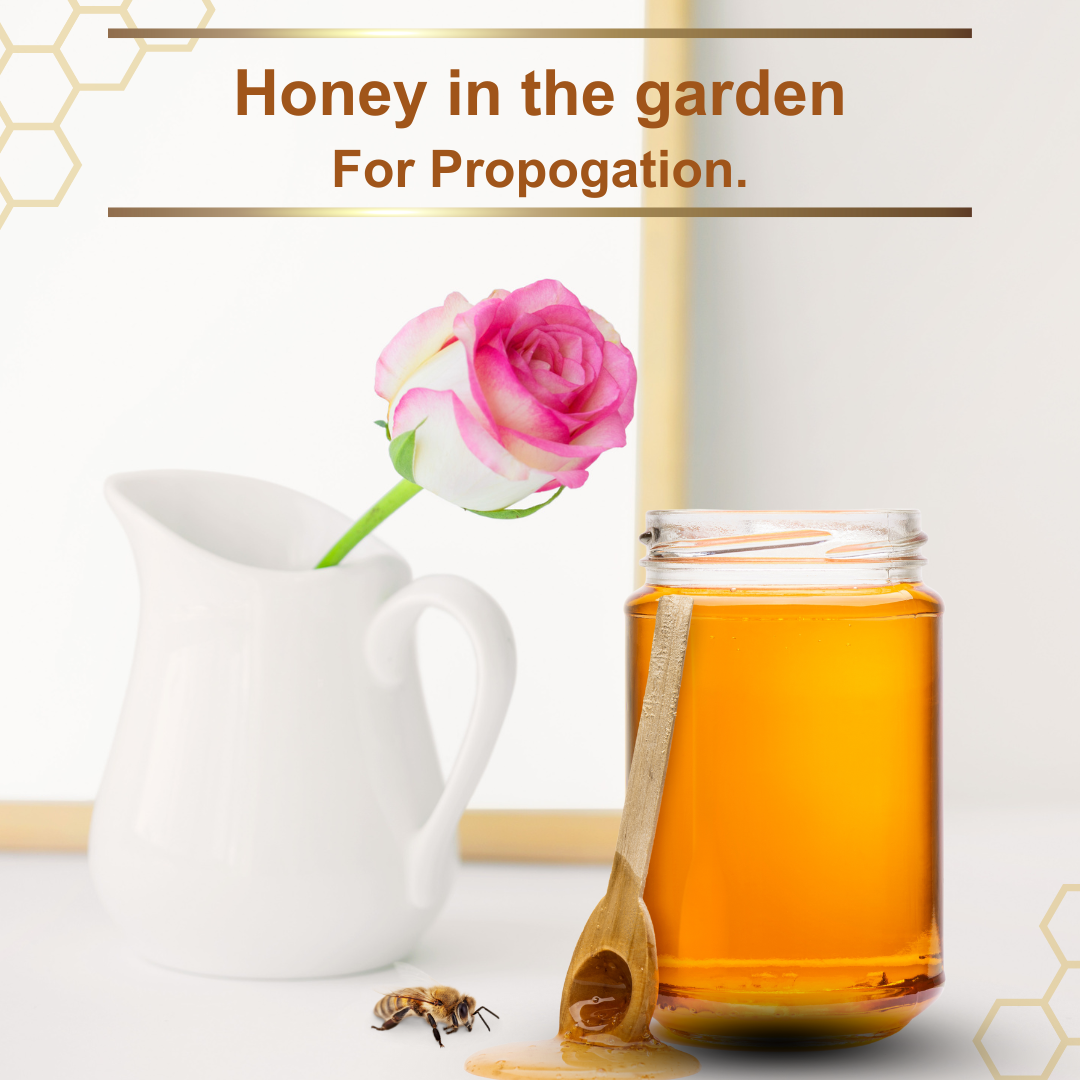

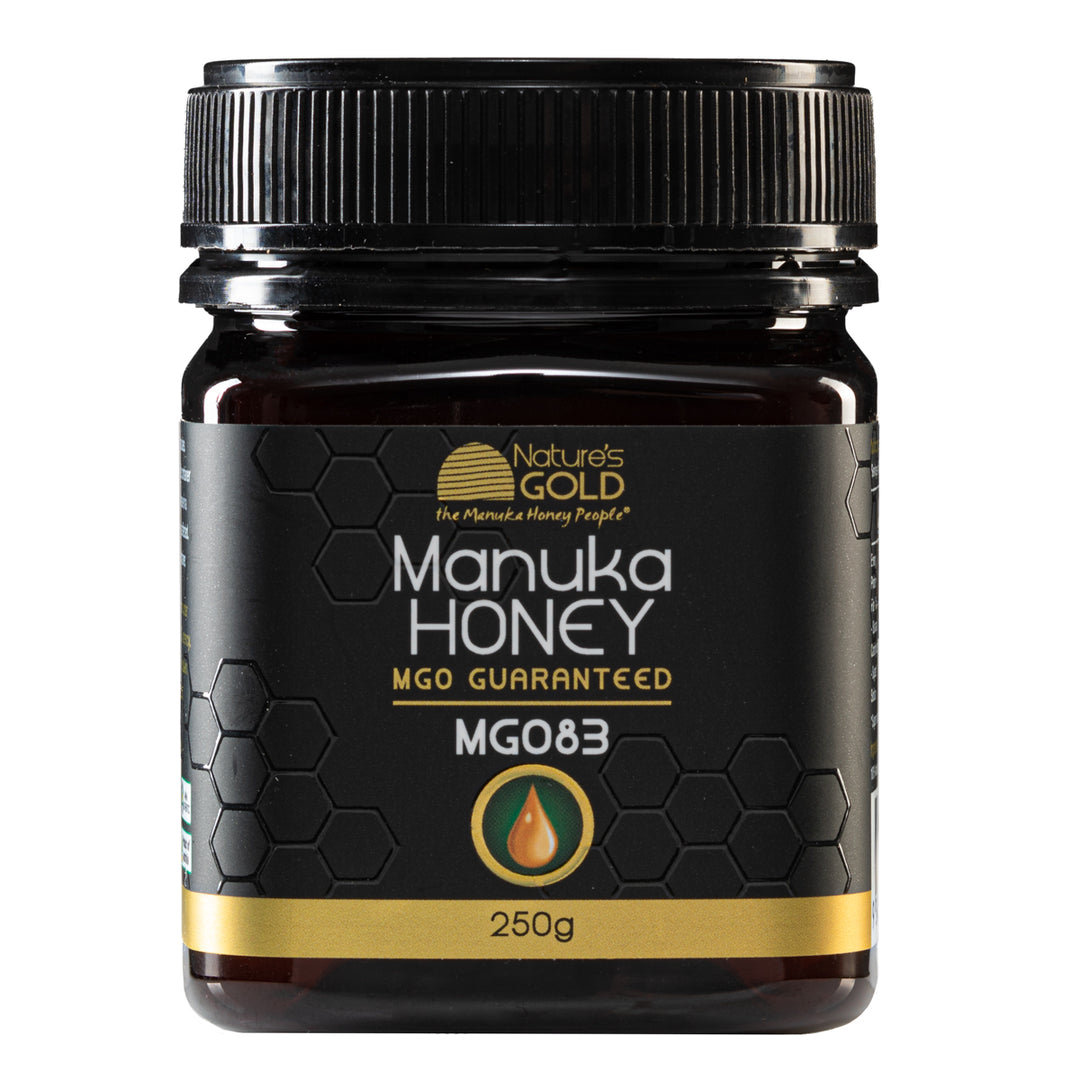
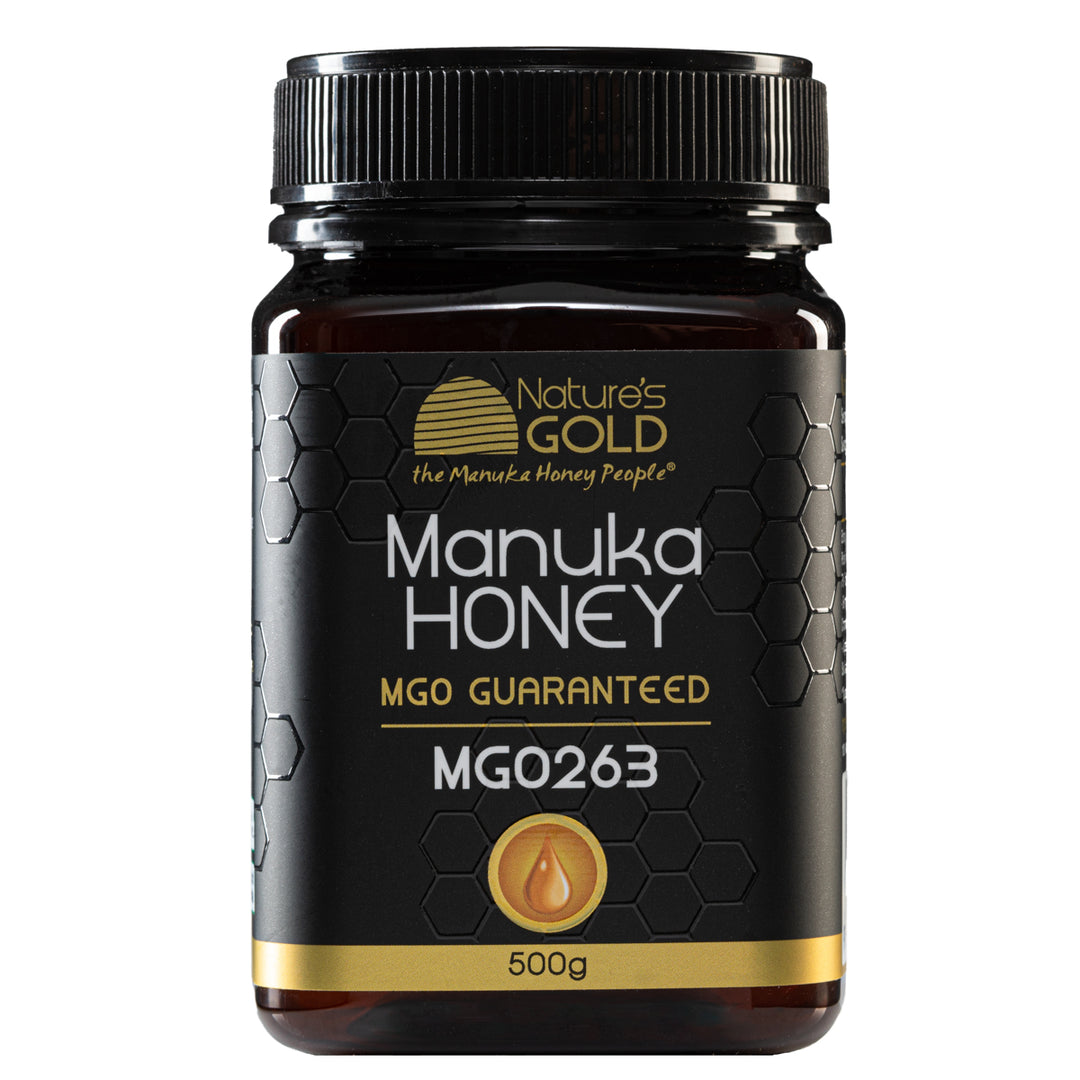
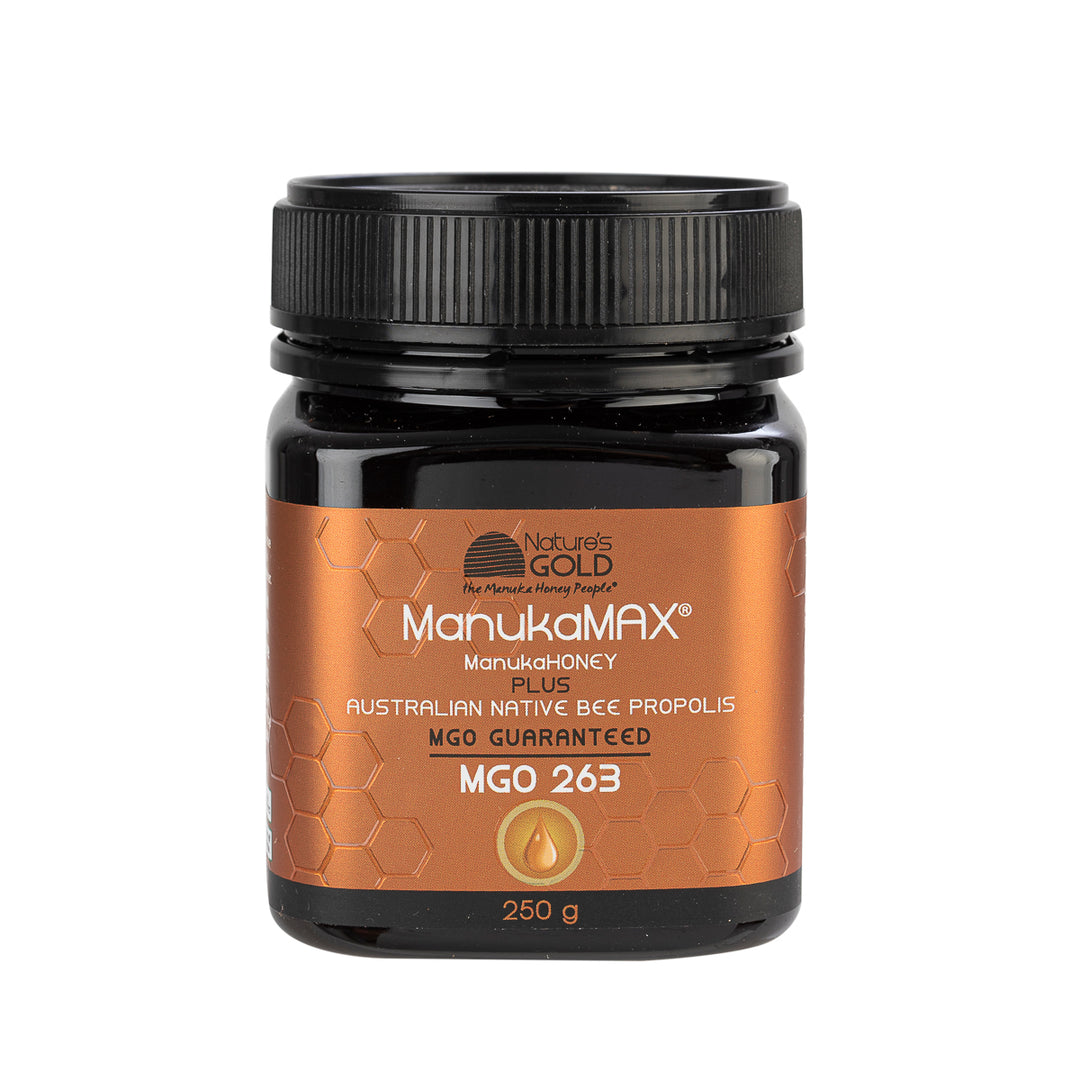
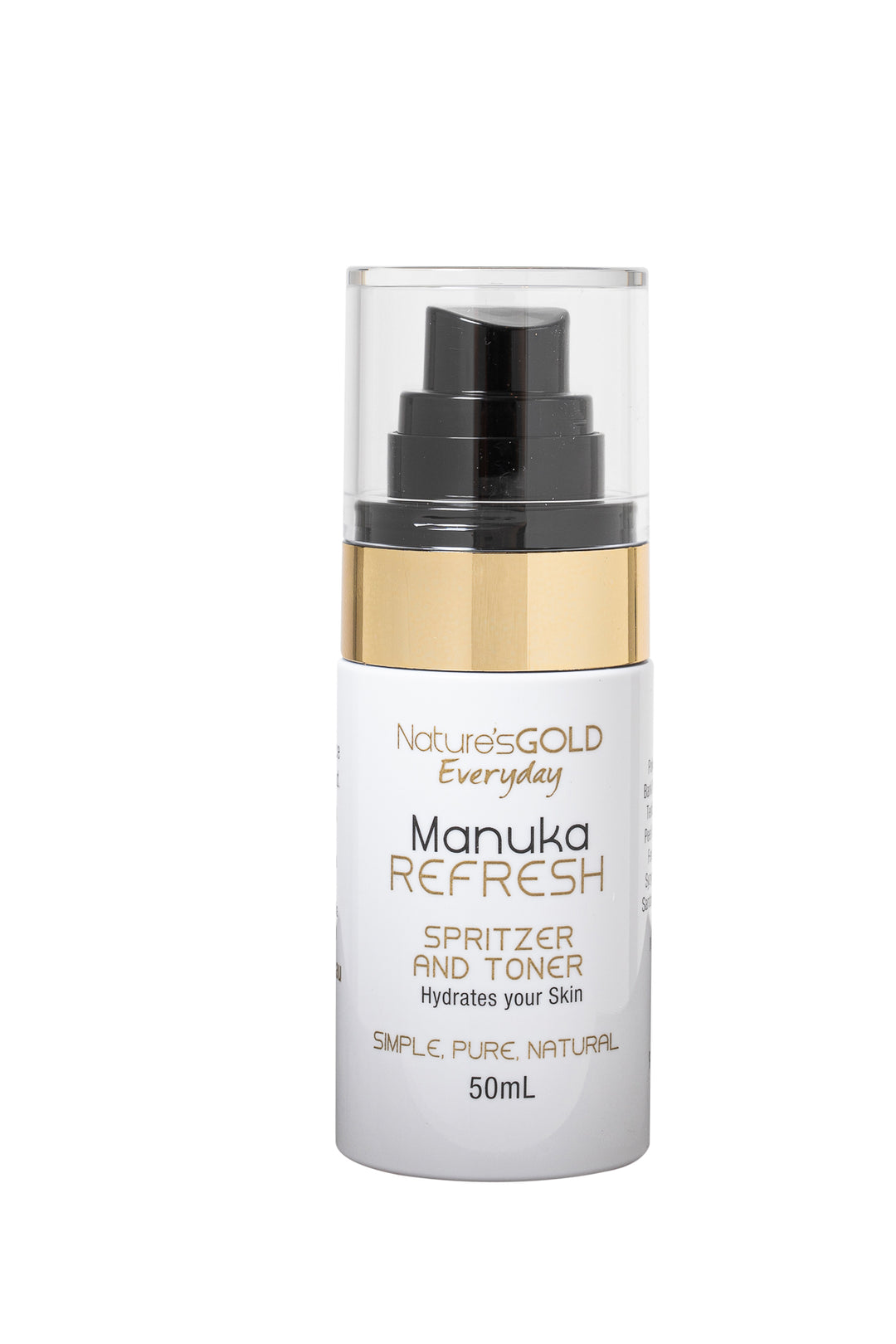
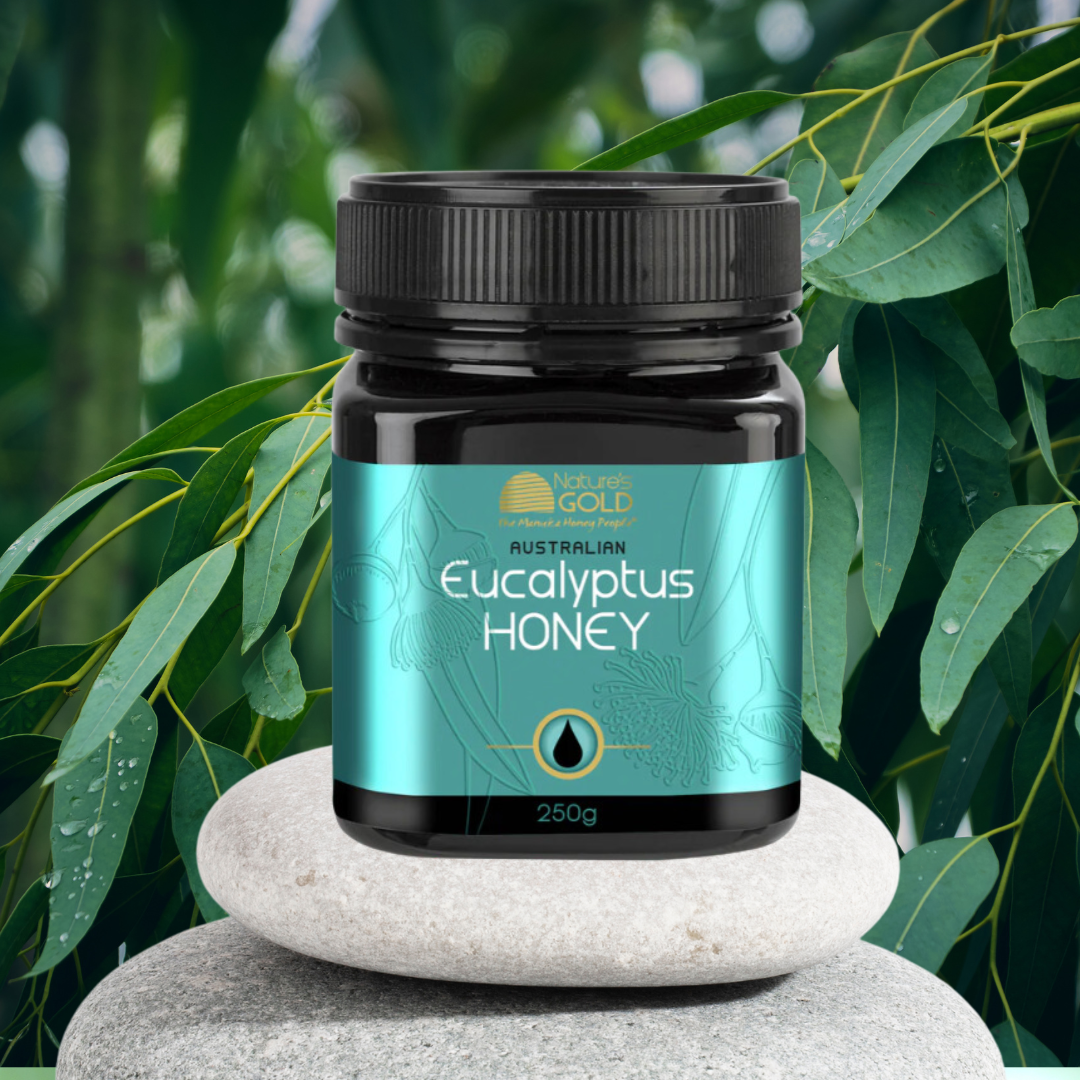

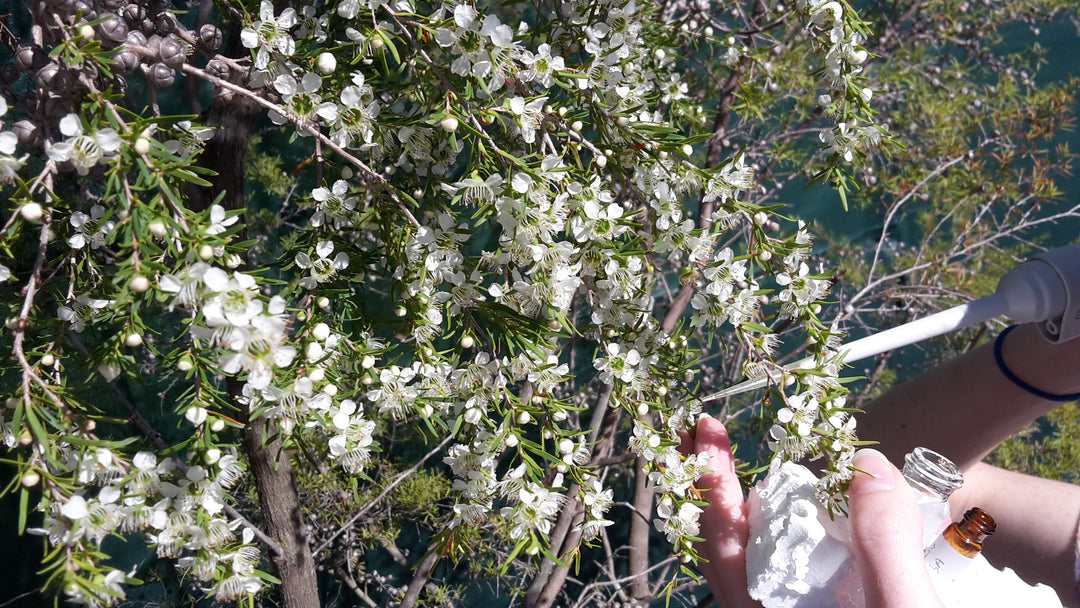
Leave a comment